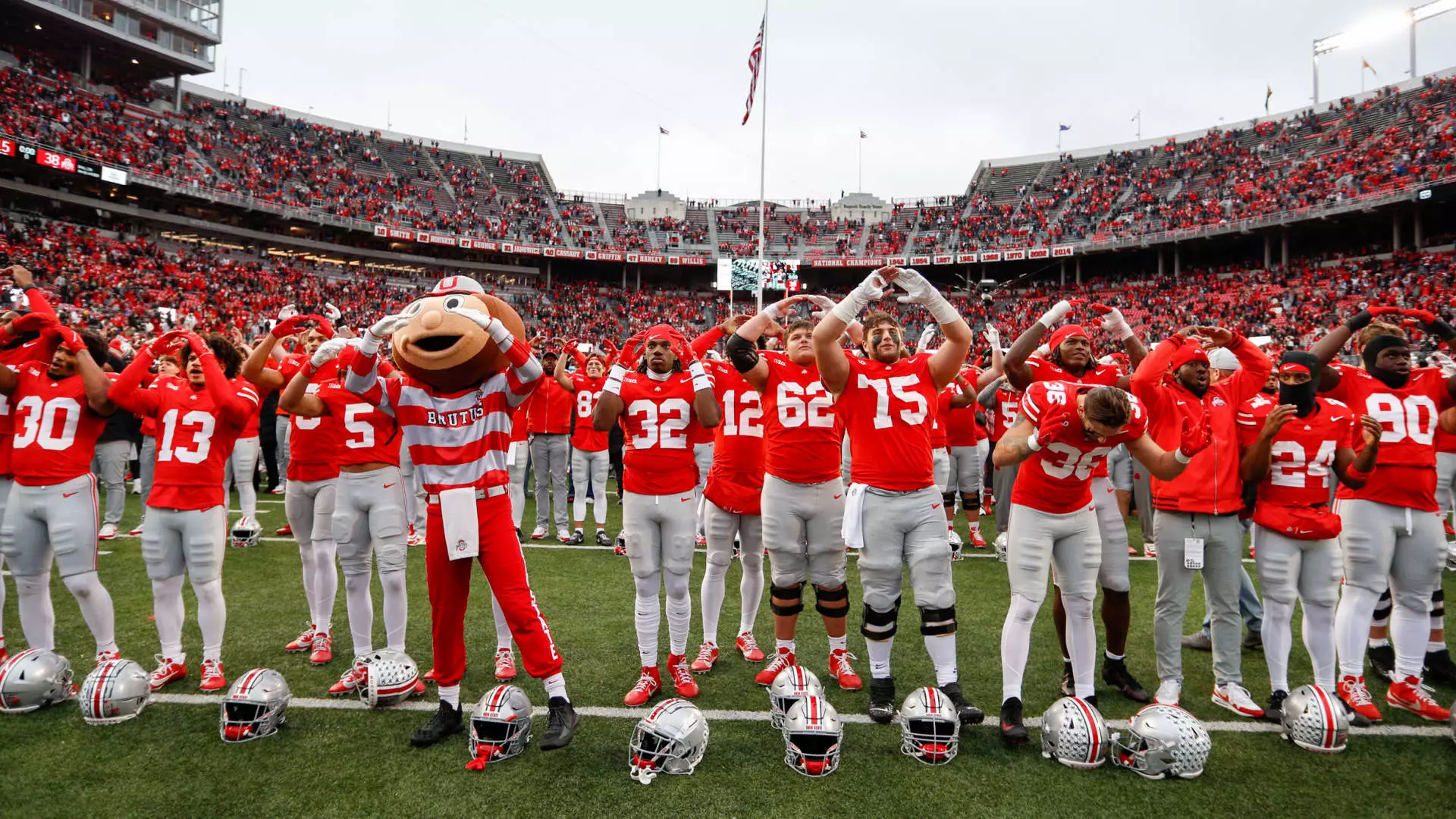The intersection of collegiate athletics and finance has evolved into a lucrative realm, captivating private investors eager to partake in the sprawling revenues generated by major college sports. As billion-dollar financials become commonplace within this ecosystem, a pivotal inquiry emerges: how can we accurately assess the worth of a college sports program? Recent analysis led by CNBC endeavors to answer this very question by scrutinizing the most valuable college athletic programs, highlighting the dynamic between performance, fan engagement, and financial health. Through comprehensive evaluation, they delineate the complexities surrounding the financial valuation of collegiate athletic programs.
College sports, particularly those within the NCAA Football Bowl Subdivision (FBS), serve as both entertainment and a significant economic driver. The revenue generated by these programs often eclipses that of professional sports in certain contexts, laying the groundwork for intense interest from private equity investors. To establish a program’s worth, CNBC collaborated with Jason Belzer, a renowned consultant in the realm of athletic financial advisement. The evaluation employs an intricate methodology that begins with a baseline revenue multiple of four, adjusted based on various metrics such as conference affiliation, potential for name, image, and likeness (NIL) earnings, and community support.
Ohio State University (OSU), as per CNBC’s findings, stands out as the most valuable program with an estimated worth of $1.27 billion. This valuation stems not only from their revenue of $280 million in 2023 but also from an expansive and engaged alumni network and a passionate fanbase. The metrics showcasing OSU’s financial prowess illustrate a larger trend within college sports: institutions that can draw significant attendance and cultivate active donor participation tend to dominate valuations. With 600,000 alumni and a dedicated following of over 11 million fans, OSU exemplifies the ideal blend of financial and social capital.
The financial landscape of college sports is heavily influenced by conference affiliations. Notably, the Southeastern Conference (SEC) and Big Ten showcase remarkable valuations, attributable to their strategic television deals and commercial partnerships. Collectively, the SEC is valued at an astounding $13.3 billion while the Big Ten closely follows with a valuation of $13.2 billion. In contrast, the Atlantic Coast Conference (ACC) and Big 12 trail behind, valued at $9.6 billion and $6.7 billion, respectively.
The disparity in these valuations underscores the significance of lucrative broadcasting contracts and sponsorship agreements that bolster revenue streams. For universities within these top-tier conferences, the financial benefits extend beyond immediate gains, impacting long-term sustainability and investment capacity. As institutions compete for dominance, their ability to leverage media rights and fan engagement becomes an essential element of their overall financial valuation.
As the landscape of college athletics continues to evolve, the growing interest from private equity investors signifies a willingness to tap into this rich vein of potential profit. Programs that effectively capitalize on NIL opportunities, ticket sales, and merchandising will likely attract heightened interest. Belzer’s expertise in navigating these financial waters promises to be instrumental for athletic departments seeking to maximize their revenue potential.
Moreover, it’s worth analyzing how changes in the college sports environment—such as shifts in NCAA regulations or changes in how athletic programs are funded—may influence these valuations. A deeper understanding of these external factors can provide investors with a clearer view of where sustainable growth lies.
Ultimately, the quest to quantify the value of college sports programs reveals a landscape marked by complexity and promise. As valuations climb into the billions, institutions must navigate an intricate interplay of finances, fan loyalty, and athletic performance. Through strategic planning and financial acumen, college athletic programs can not only ensure their longevity but also harness a robust platform for investment opportunities. What remains clear is that as college sports continue to generate immense revenue, the pursuit of understanding their value will remain a rich and evolving endeavor.


Leave a Reply